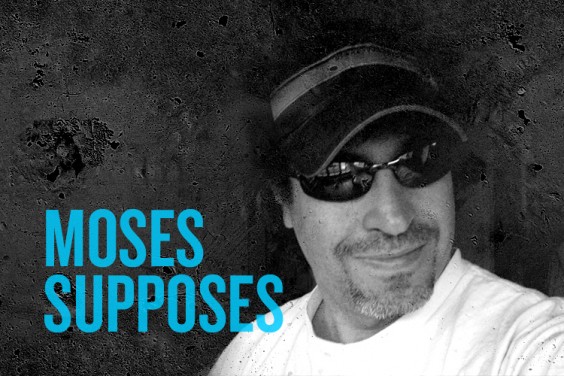Moses Avalon is one of the nation’s leading music-business consultants and artists’-rights advocates and is the author of a top-selling music business reference, Confessions of a Record Producer. More of his articles can be found at www.mosesavalon.com.
In Part I of this three-part series, I addressed the key question: Should you bother to join either PRO? Part II dealt with the fallacy of ASCAP and BMI’s self-postulated “nonprofit” status BS and the PR they spread at trade shows as to why this makes them better than SESAC. Here in Part III, we’re getting to the bottom line: Who pays more?
But first…
Let me start by making one thing perfectly clear: Even though this entire three-part series has been about vetting the sales pitches, organizational structures, and payment methods of the two main US-based performing-rights organizations (PROs), ASCAP and BMI, the economic viability of the writers of popular music would be endangered, and the music business in general would suffer, without them.
The PROs, aside from collecting money for writers and publishers, also support the music community by giving grants to charities and helping writers get loans and receive healthcare benefits. They also go to great lengths to ensure that writers get paid their share of royalties, even if a writer is un-recouped with his or her publisher. These services have an important impact on our community and deserve recognition and consideration. But you can read more about these good deeds on their websites (here and here).
Here’s what you wont read…
Who pays more?
When it comes to up-front money, BMI has been known, on rare occasions, to offer non-recoupable advances (called “guarantees”) to superstars, whereas ASCAP is emphatic that it will not ever give advances, because it claims that its internal policies won’t allow it. However, it is no secret that it has, in fact, given recoupable advances in the multiple millions of dollars to several of its superstar writers.
So on the advance side of the argument, BMI wins, hands down.
The case for who pays more when it comes to dispersants, however, is where it gets amusing. Reps from both PROs make the claim that they pay the same as the other. However, this is about as truthy as the public policies regarding advances. There are myriad songwriting teams where each member was signed to a different PRO, yet their checks for the same song in the same pay period were very different. The fact that this happens with some degree of frequency begs the question: How can any discrepancies occur between them if they are, as commonly referred to, like Coke and Pepsi, and function identically?
There are two factors that help explain the why their payments can be so different:
1. How much does the PRO actually spend to collect your money?
2. What method does the PRO use to calculate what it owes you?
We covered the first point in the first two parts of our series (part I / part II), so let’s look at the second point listed above. To do that, we have to look at the PROs’ “pooling system.”


